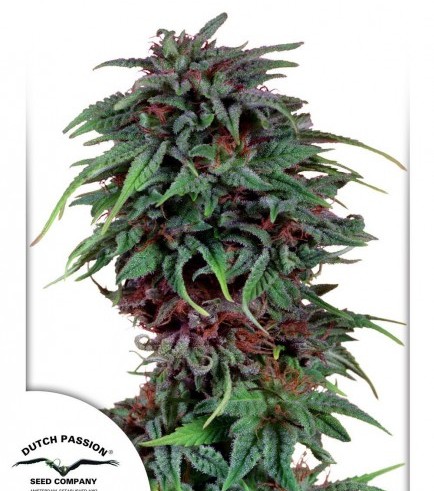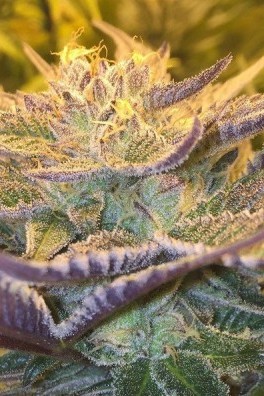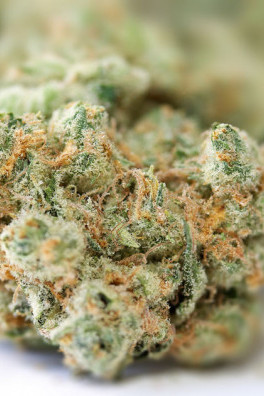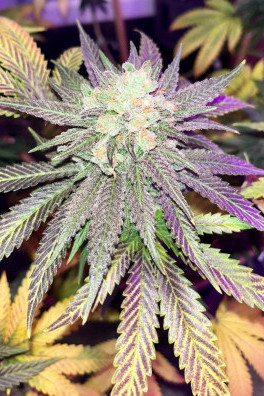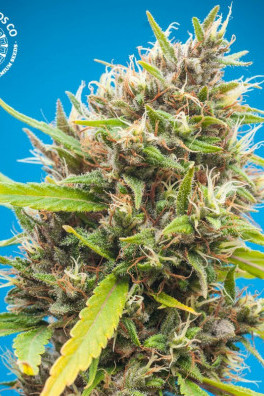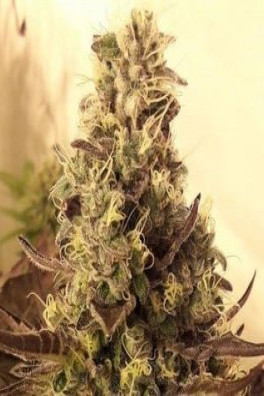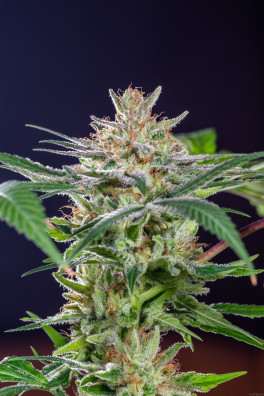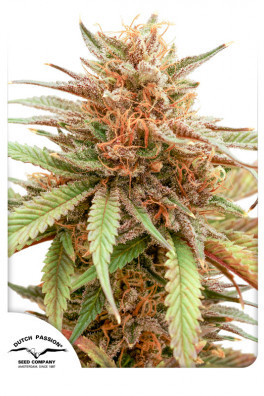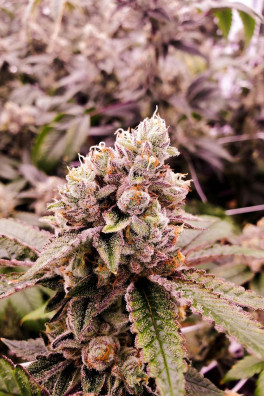Durban Poison
Durban Poison: South Africa's Pure Sativa Treasure
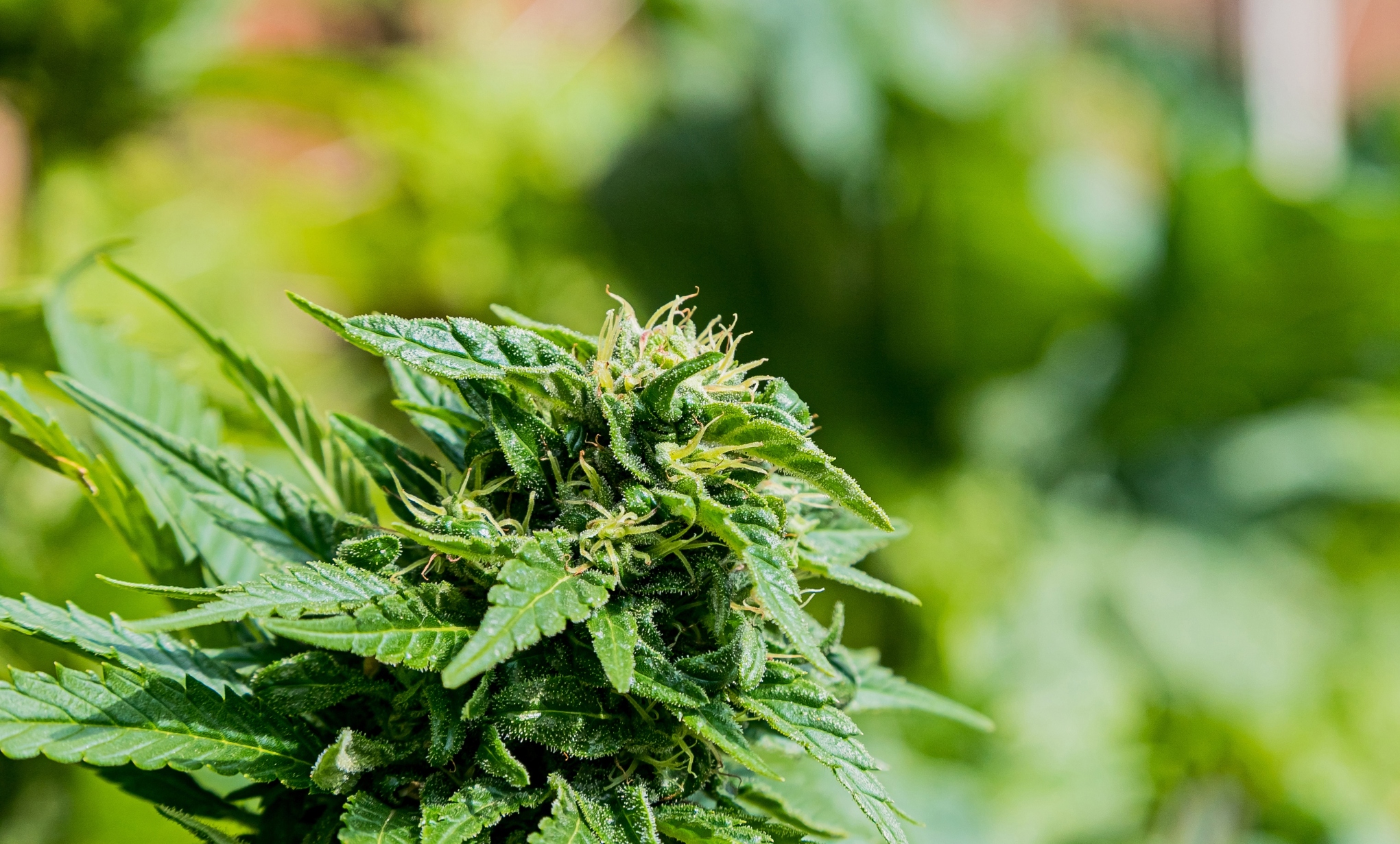
Durban Poison is a pure sativa strain that originates from the coastal city of Durban, South Africa. It is a popular strain among cannabis enthusiasts because of its unique effects and characteristics. In this article, we'll explore the genetics, smell and flavour, potency and effects, and growing tips of Durban Poison, as well as the reasons why you should try it yourself.
Genetic Background of Durban Poison: Landrace Origins
Durban Poison's South African origin is significant because the country has a long history of cannabis cultivation and use. Cannabis has been grown in South Africa for centuries, with indigenous tribes using the plant for medicinal and spiritual purposes. In the 19th century, cannabis was introduced to the country's Indian population, who brought with them their own methods of cultivation and use. Today, cannabis is still widely used in South Africa, with many communities growing their own strains for personal use.
Durban Poison's journey from South Africa to the rest of the world began in the 1970s. Legend has it that famous cultivator and cannabis writer Ed Rosenthal discovered the strain on a trip to South Africa to find new genetics. Ed was particularly drawn to Durban Poison’s relatively fast flowering time (remember, this was long before the autoflowers and fast-flowering strains of today). Ed got his hands on some Durban Poison seeds, which he later shared with growers and other cannabis enthusiasts, including Sam The Skunkman. Soon after, many Dutch seed banks and coffeeshops began selling Durban Poison, and today, the strain is grown and consumed by cannabis lovers everywhere.
Durban Poison's status as a landrace strain means that it has remained unchanged for centuries. This makes it a rare and unique strain that is highly valued by cannabis enthusiasts. Landrace strains are important because they represent the original genetic makeup of a particular strain. They have adapted to their local environment over centuries, developing unique characteristics and qualities that are not found in strains that have been crossbred with others. When growing Durban Poison, it is essential to source seeds from a reputable supplier to ensure the purity of the strain and to preserve its unique genetics.
Aroma and Flavour of Durban Poison: Unlike Any Other
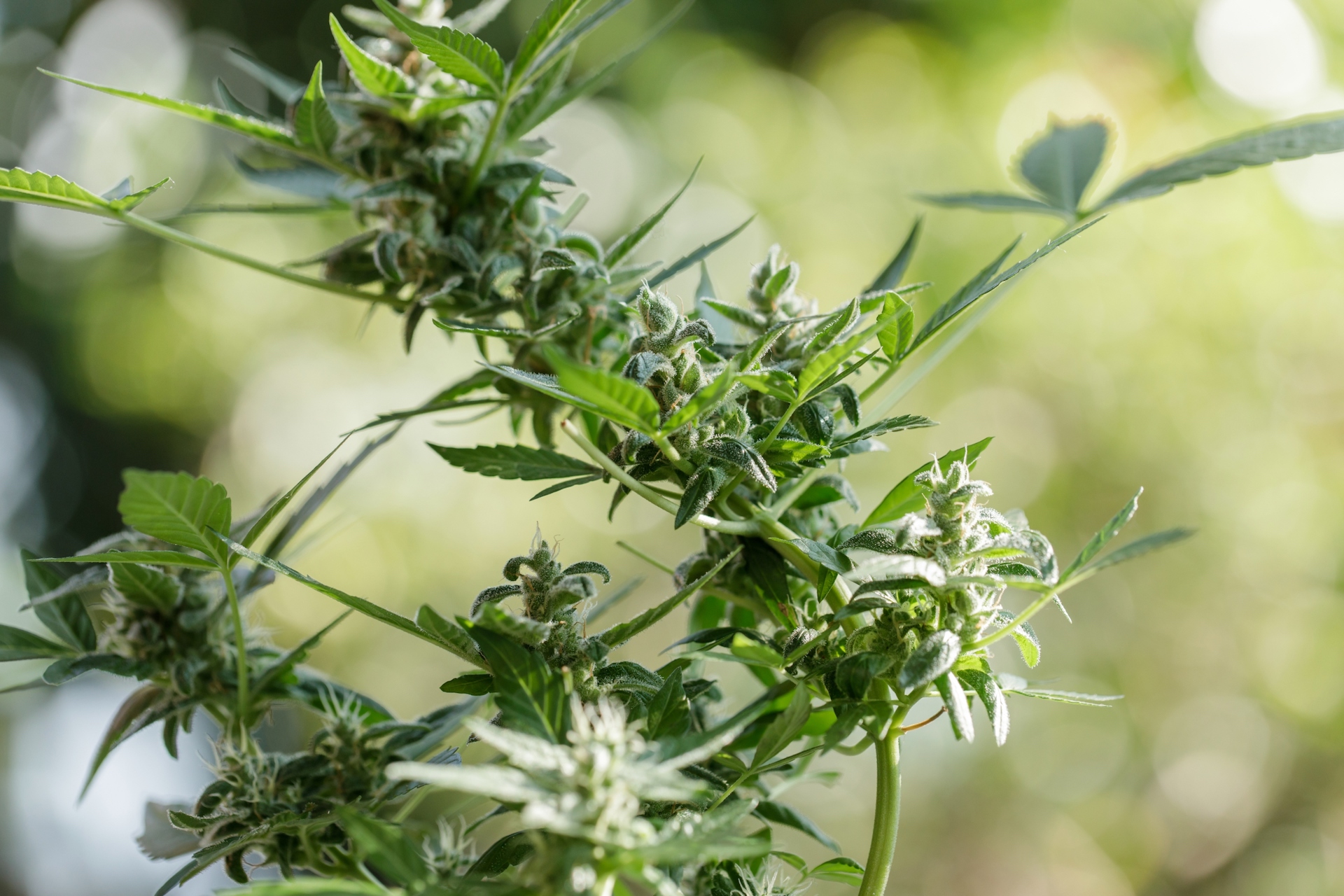
Durban Poison has a sweet and spicy aroma with notes of fresh pine, ripe citrus, and earthy undertones. Users may also pick up on liquorice-like notes. She gets her aroma from a unique terpene profile rich in terpinolene, myrcene, and pinene. Terpinolene is the most dominant terpene in this strain, giving Durban Poison its sweet and spicy aroma. Commonly found in nutmeg, cumin, and apples, terpinolene is also present in other cannabis strains, such as Jack Herer and Dutch Treat. This terpene has potential therapeutic properties, such as anti-inflammatory and sedative effects, among others.
Myrcene is another terpene found in Durban Poison, and is responsible for the strain's earthy aroma. Myrcene is present in many other plants, such as mangoes, hops, and thyme. This terpene also has potential therapeutic uses that extend to the realms of pain, inflammation, insomnia, and others.
Pinene, the third most-dominant terpene in Durban Poison's profile, contributes to the strain’s fresh pine/herb scent, similar to the smell of pine needles, rosemary, and basil (other natural sources of pinene).
While terpenes have been studied for their potential therapeutic uses, it is important to note that more research is needed in order to make accurate medical claims.
Potency and Effects of Durban Poison: Creative Fuel
Durban Poison is considered a potent strain with a relatively high THC content of 15–25%. Upon smoking or vaping the strain, users can expect an uplifting high that stokes motivation and creativity, making Durban Poison ideal for daytime use. Users report feeling focused, inspired, and productive after smoking Durban Poison.
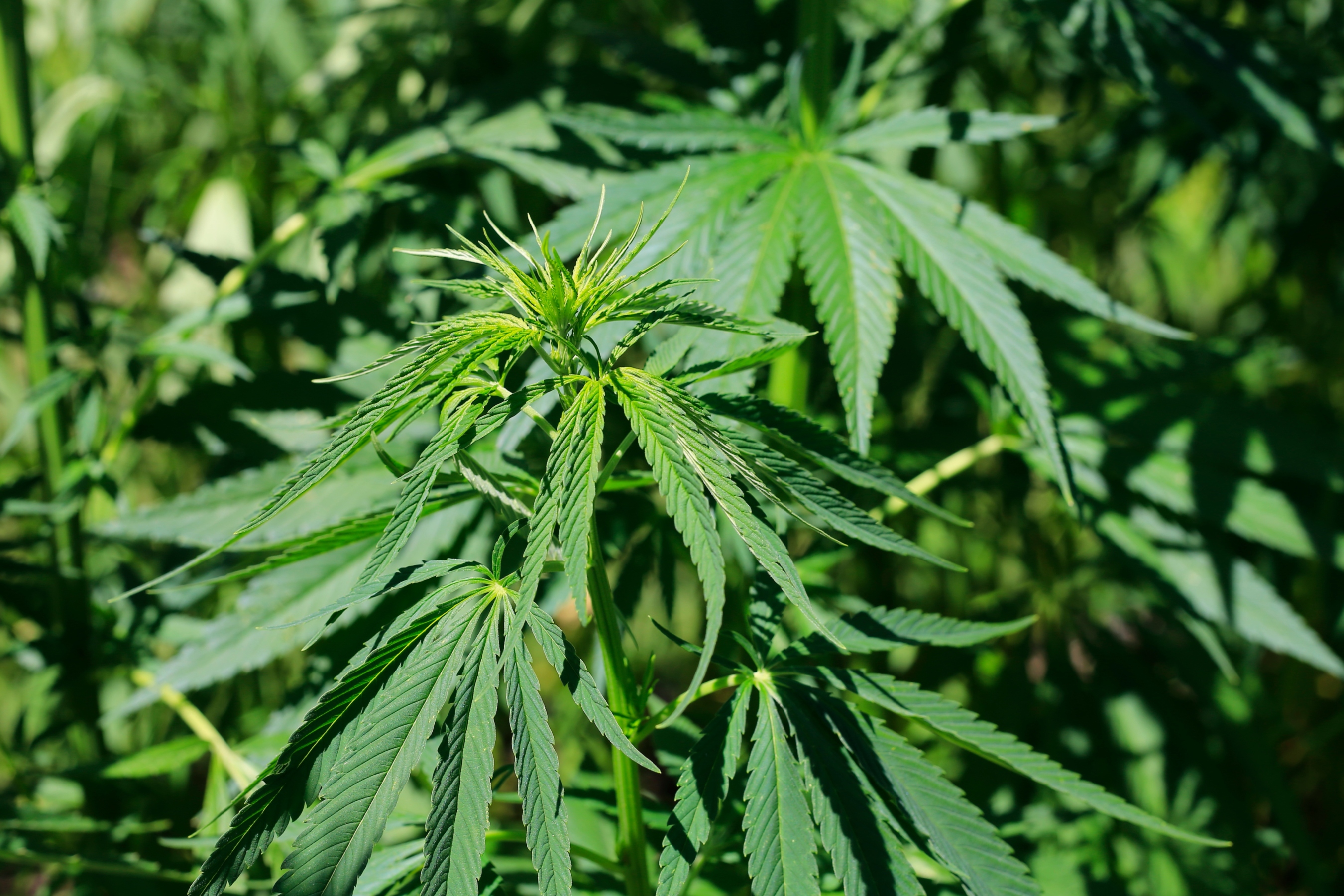
Recreational Uses
Durban Poison is a popular strain among recreational users due to its energising and uplifting effects. The high begins with a rush of euphoria that boosts creativity and focus. Users report feeling talkative and outgoing, making Durban Poison an excellent strain for socialising. Additionally, the strain's upbeat high may help to enhance physical activities such as exercise, dancing, and (somewhat) casual outdoor adventures.
Medical Uses
Among medical users, Durban Poison is typically invoked for its potential to boost a low mood and alleviate physical discomfort. It is also reported to help ease nausea in some patients. It's important to note that the use of Durban Poison for medical purposes should be discussed with a healthcare professional, and that more research is needed to fully understand the scope of its potential benefits.
Side Effects
Like all THC-rich strains, Durban Poison can cause side effects, such as dry mouth, dry eyes, and paranoia. Users who are sensitive to THC may also experience anxiety after smoking this strain, so it’s always advised to test a small amount of a new strain before potentially increasing the dose.
Growing Durban Poison: Tall and Productive
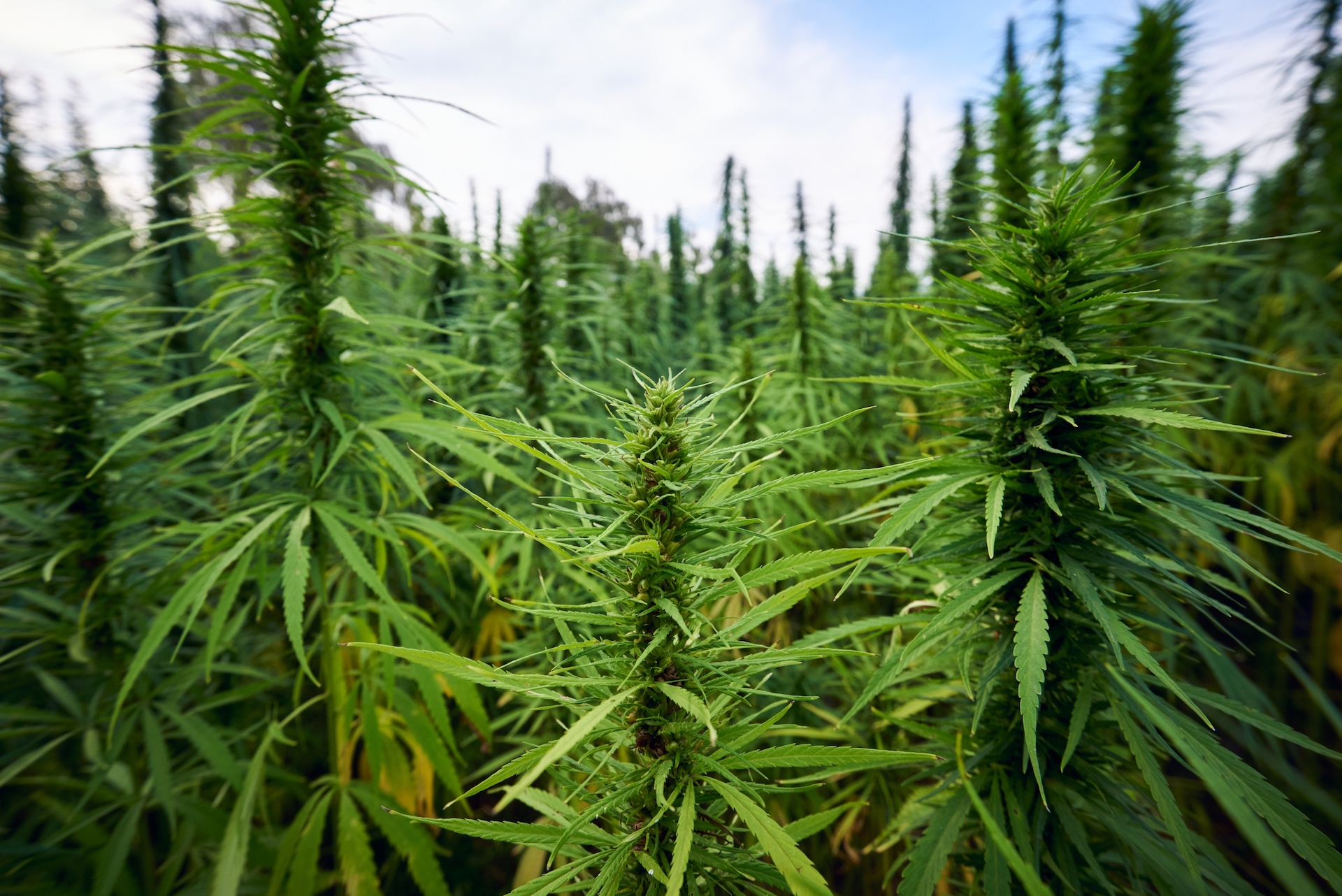
Durban Poison is relatively easy to grow, thanks to its overall vigour, resilience to hot and dry conditions, and resistance to common pests. This makes it a great choice for beginner sativa growers seeking something on the more low-maintenance side. However, note that due to its pure sativa genes, Durban Poison can grow very tall, meaning she is best grown outdoors. Indoors, growers will need to use training techniques to limit this strain’s height and stretch.
Indoor Growing Tips
To grow Durban Poison indoors, it is crucial to maintain a consistent temperature and humidity level—remember, this strain grows best in hot and dry conditions. Make sure to maintain a humidity of around 50% during veg and 40% during bloom. To manage the strain's height and stretch, growers can use training techniques such as topping, fimming, or LST (low-stress training).
Outdoor Growing Tips
Durban Poison is ideal for outdoor cultivation. The strain’s large size will guarantee a heavy harvest, especially if grown in large pots or directly in the ground. Remember that Durban Poison likes full sun and grows best in dry regions with long summers, though she can perform well in subpar conditions, thanks to her resilience.
Should You Try Durban Poison?
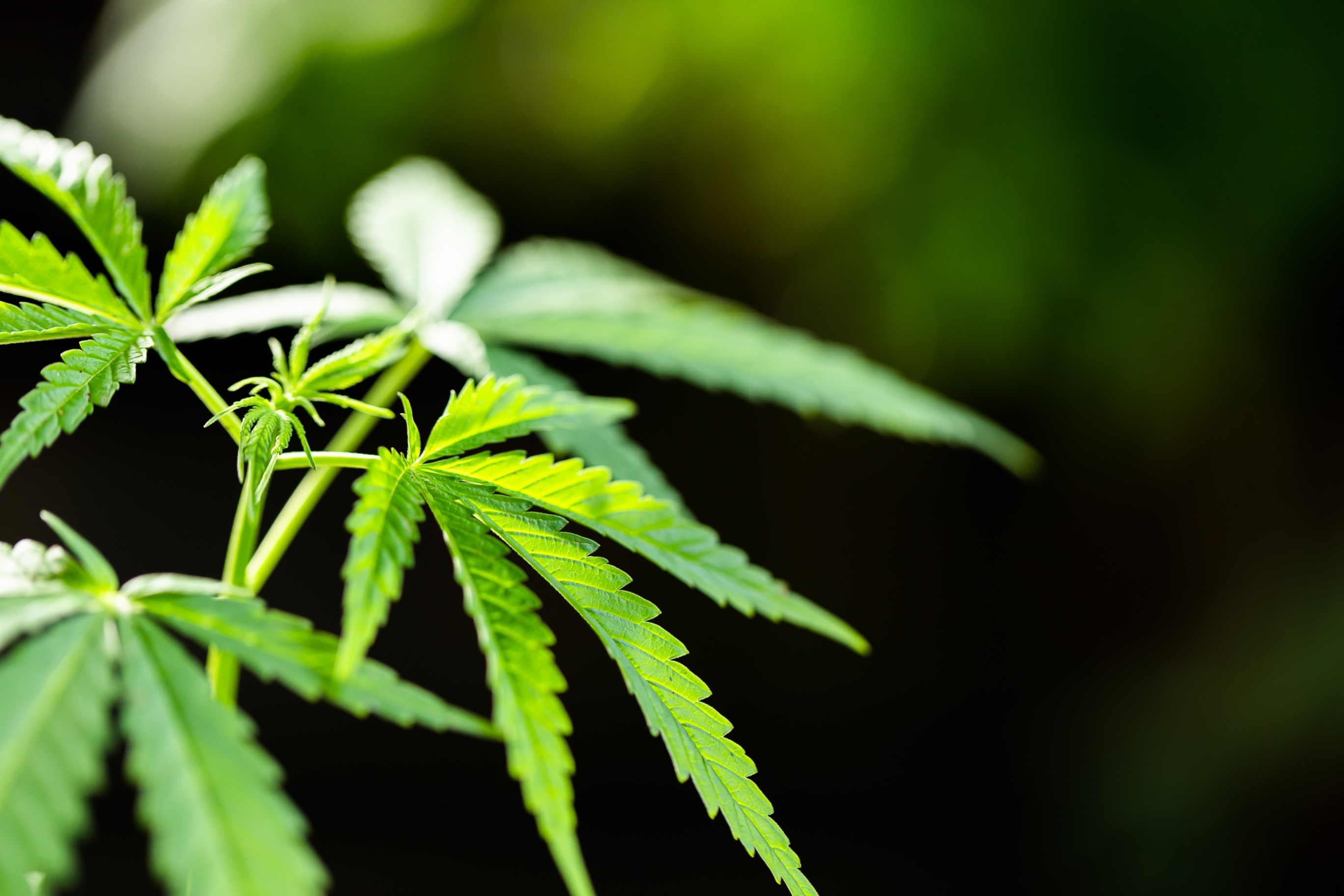
Durban Poison is an excellent option for those who enjoy an energetic and uplifting high. It is ideal for daytime use and is perfect for socialising or creative endeavours.
Overall, Durban Poison is a versatile strain that can enhance a wide range of recreational activities, making it a must-try for anyone looking to elevate their mood and energy levels. Additionally, the strain's uplifting effects make it a good candidate for medical users dealing with depression and/or anxiety.
Durban Poison is an excellent strain for growers due to its ease of cultivation and resilience. The strain is particularly well-suited to outdoor growing, in hot and dry conditions. Durban Poison can grow to be quite tall, making it a great choice for those looking for a heavy harvest. Plus, being a pure landrace sativa, Durban Poison gives growers a chance to experiment with a strain with very unique grow traits that have developed over many years in response to the plant’s growing conditions.
Durban Poison — The Pure Sativa
Durban Poison is a rare and unique strain that has remained practically unchanged for centuries. Its pure sativa genetics make it an excellent option for those who enjoy an energetic and uplifting high. Whether you're a grower or a cannabis enthusiast, Durban Poison is a strain that you don't want to miss.
Durban Poison Strain: FAQ
Q: Is Durban Poison indica or sativa?
A: Durban Poison is a pure sativa landrace strain from South Africa.
Q: How does Durban Poison make you feel?
A: Durban Poison is known for its uplifting and energising effects, providing a clear-headed and focused high. It may also produce feelings of euphoria and creativity, making it a popular choice for daytime use.
Q: How much THC does Durban Poison contain?
A: Though it can vary depending on how the strain is grown, the THC content of Durban Poison is typically 15–25% THC, though some samples have tested as high as 30%.
Q: What are the side effects of Durban Poison?
A: Some of the most commonly reported side effects of using Durban Poison include dry mouth, dry eyes, dizziness, and paranoia. Some users may also experience anxiety, especially if they consume too much of this potent strain.
Grow your own Durban Poison
- Grow difficulty
- Medium
- Flowering type
- Photoperiod
- Flowering time
- 8-9 weeks
- Harvest time (outdoor)
- October
- Yield (indoor)
- Medium
- Yield (outdoor)
- Medium
- Height (indoor)
- Medium
- Height (outdoor)
- 2-3m
.jpg)
.jpg)

.jpg)
